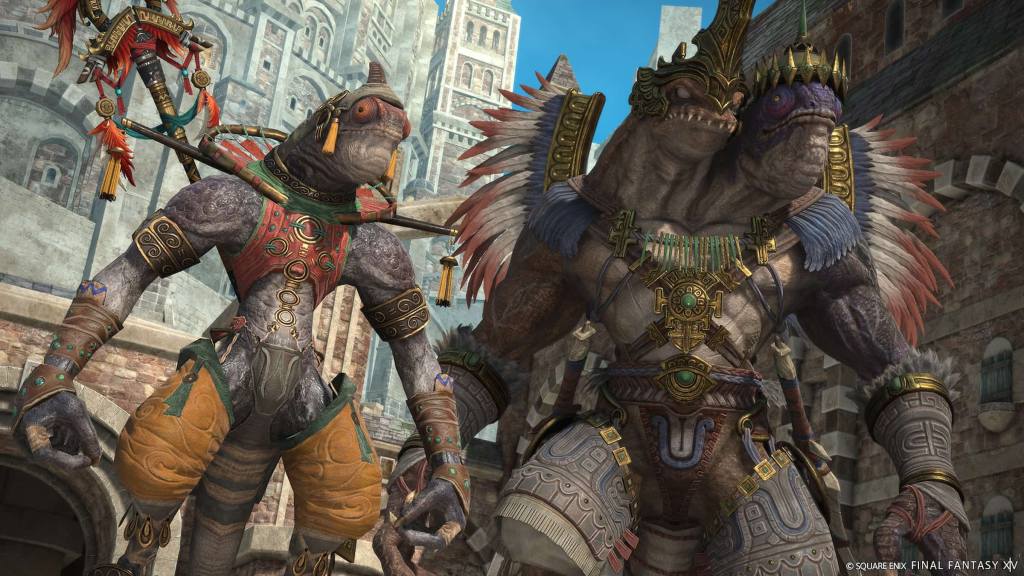Video game sequels often walk a fine line. While often giving fans what they love and trying something new, many franchises stick closely to the formula that made them popular. Some developers take bold risks, reshaping the gameplay, tone, or core mechanics in ways that could easily fail, a net negative for both the company and the consumer. For those who succeed, the results can be spectacular, often redefining entire genres and bringing a fresh perspective to ailing ideas. These successes show that innovation in games can work when executed with creativity.
Videos by ComicBook.com
Some sequels go further than tweaks and expansions, though. They completely change genres, transforming the way players interact with the story, characters, and mechanics. From linear shooters becoming cinematic experiences to real-time strategy games turning into massively multiplayer online adventures, these sequels prove that daring shifts can pay off when developers understand exactly what makes their franchises resonate with their fanbase. It’s hard to pull off, but those who do often reap massive rewards in the long run. Here are four games that did just that, taking bold leaps into new territory while managing to maintain what made their franchise whole.
4. Wolfenstein: From Arcade Shooter to Cinematic FPS

The Wolfenstein franchise began as a classic run-and-gun arcade shooter on the same wavelength as the original Doom. It focused on fast-paced, arcade combat while navigating maze-like levels and defeating enemies. Early entries were all about timing and mastering enemy patterns, offering little in the way of narrative depth. Players were engaged by pure action, with the thrill coming from skillful shooting, careful planning, and efficient movement rather than story or character development.
Wolfenstein: The New Order completely reinvented the series, turning it into a cinematic first-person shooter with a rich narrative and immersive environments akin to something you’d find in Half-Life. The game introduced multiple combat styles and larger open levels where players could strategize and interact with a more detailed world. Characters were given distinct personalities and backstories, shaping the story into a major focus rather than just a backdrop detail. This bold genre shift rejuvenated the aging franchise, earning critical praise and proving that Wolfenstein could thrive in a story-driven format.
3. Assassin’s Creed: From Stealth-Action to Open-World RPG

The early Assassin’s Creed games were primarily third-person stealth-action experiences, emphasizing parkour and tightly designed historical levels. Success in these titles often relied on precise movement and careful planning, with rewards tied to skillful execution (literally). While the historical settings were compelling, gameplay largely focused on completing linear objectives with minimal deviation. Levels were sort of open, but still strongly tied to your primary objectives, limiting the scale.
Assassin’s Creed Odyssey and Origins dramatically shifted the formula, transforming the series into full-blown open-world role-playing games. Players could now make dialogue choices that impacted storylines and develop their characters through loot and skill trees. Exploration became a central element to these titles, allowing you the option to explore vast, vibrant worlds filled with optional quests and hidden secrets. Combat was expanded to allow more strategy and flexibility, and RPG elements encouraged a deeper connection with the characters and their choices. The franchise maintained its historical adventure roots while creating a more dynamic and immersive experience, showing that risk-taking could pay off brilliantly.
2. Final Fantasy XIII to XIV: From Linear JRPG to Massive Online Adventure

Final Fantasy XIII was a linear Japanese role-playing game with tightly controlled environments, a fixed narrative, and turn-based combat. Players followed a single story with specifically designed pacing and character progression. While visually impressive and narratively engaging for its time, the game offered limited freedom in exploration and choice, which left some players longing for more agency.
Final Fantasy XIV transformed the franchise by shifting to a massively multiplayer online role-playing game, and while it’s not the first time this situation has happened for the Final Fantasy franchise, it was certainly the most impactful. Now, instead of following a linear storyline, players inhabited a persistent world where cooperation and social interaction became central to the experience. The game featured real-time combat, large-scale raids, and deep character customization, encouraging exploration and engagement with a global community of players. Despite moving away from the linear single-player formula, Final Fantasy XIV still featured a strong linear storyline for players to follow, but the addition of strong social and multiplayer features allowed the title to achieve enormous success, becoming one of the most enduring MMORPGs of all time. The shift proved, for the second time, that the series could thrive in a completely new genre.
1. Warcraft III to World of Warcraft: From RTS to MMORPG

Warcraft III was a real-time strategy game that combined base-building and resource management with strong narrative integration of a deep fantasy storyline that is still heralded to this day. Players tactically controlled entire armies while managing RPG-lite heroes to succeed in both single-player campaigns and competitive multiplayer. The game was praised for its complex mechanics and rich narrative integration, setting a high standard for strategy games.
World of Warcraft radically changed the franchise by moving from real-time strategy to an MMORPG, making this shift one of the most radical on this list. Instead of managing armies, World of Warcraft took the concept of the RPG-lite heroes from Warcraft III, and deeply expanded upon those elements in a massive social environment. Quests, dungeons, and large-scale social interactions became the heart of the experience, all set within the same universe that the precursor RTS built up over the span of three games. This especially resonated with the long-term fans of the Warcraft mythos, allowing those who were already deeply interested to see the universe from a more personal perspective. To this day, World of Warcraft’s success demonstrates that bold genre changes could pay off when a series retains its core identity while embracing entirely new mechanics.
What do you think? Leave a comment below and join the conversation now in the ComicBook Forum!









